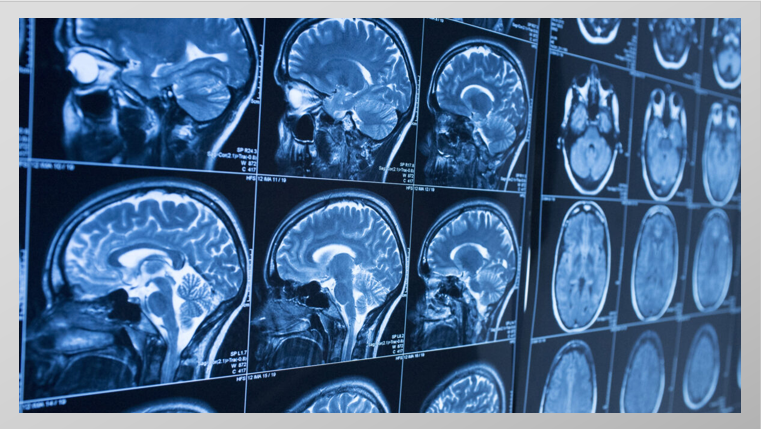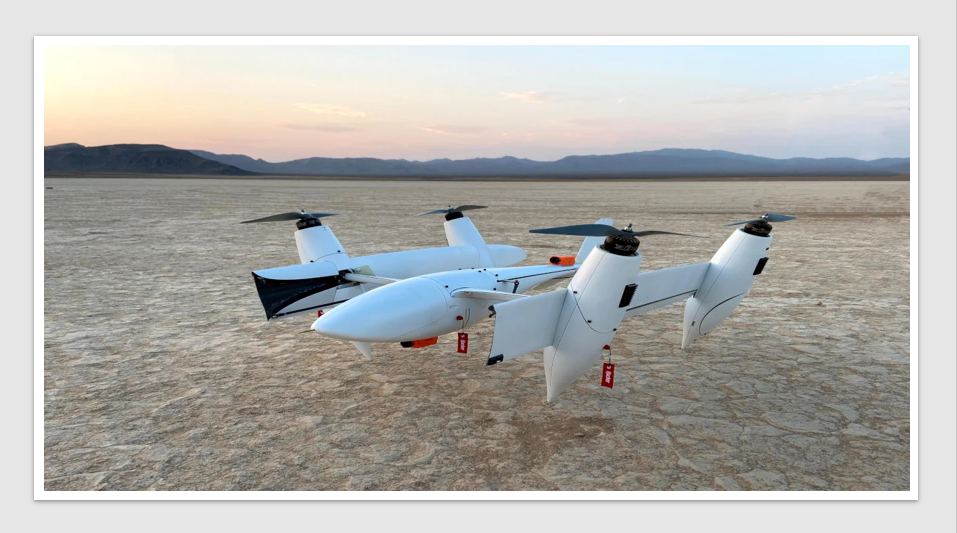News & Trends - MedTech & Diagnostics
Novel tech to enhance brain tumour imaging and diagnosis

MedTech News: A collaborative research program using combined technologies to improve brain tumour imaging and diagnosis is announced by Imagion Biosystems, a company dedicated to improving healthcare through the earlier detection of cancer, and Patrys, a therapeutic antibody development company.
Patrys’ novel deoxymabs are attracted to the DNA fragments released from dying tumour cells and are able to penetrate and kill tumour cells. The collaboration aims to pair the targeting specificity of the deoxymabs with the imaging capabilities of the MagSense technology to provide a highly effective imaging agent with high specificity for hard-to-diagnose cancers such as brain cancer.
“We are very interested in the tumour targeting capabilities of the Patrys deoxymabs and believe there is potential for Patrys’ deoxymabs to be paired with our MagSense nanoparticles for many types of solid tumors,” said Bob Proulx, Executive Chairman of Imagion Biosystems.
“Initially, we are very keen to investigate the potential for brain tumour imaging since there is such a high unmet need for differentiating cancerous tumours in the brain, like glioblastoma, as well as metastatic disease that has spread to the brain from other primary tumours.
“The combination of our two company’s technologies offers a range of exciting opportunities”, said Dr. James Campbell, Patrys’ CEO and Managing Director. “The potential for our deoxymab antibodies to home in on a range of different cancer types due to their affinity for DNA is one of the properties that makes them so unique and opens up a range of different clinical applications for their use.
“We are very excited to be further leveraging the cancer-targeting ability deoxymabs by partnering with Imagion and its innovative MagSense® imaging technology to potentially develop new ways to visualize and diagnose cancer.”
Preliminary research efforts by Imagion have demonstrated that the Patrys PAT-DX1 molecule can be conjugated to the MagSense nanoparticles and provide bio-functionality for targeting certain cancer cell lines. Should this further collaborative work provide positive results, Imagion will have an exclusive option to a future license agreement, should it elect to commercialize the imaging agent. Under the current collaboration both parties are bearing their own costs.
Brain tumours are neoplasms arising from cells of the central nervous system (CNS) including primary tumours originating in the brain and secondary tumours arising from metastases to the brain. Secondary brain tumours are significantly more frequent, affecting one in four cancer patients.
Of the more than 300,000 individuals afflicted with malignant brain cancer each year globally, less than 25% survive beyond five years. Conventional MRI has been the standard modality to identify and localise tumours in the brain for many years, but a biopsy is the only definitive way they can be diagnosed and two-thirds of primary brain tumours are benign. A non-invasive imaging method able to specifically identify malignant brain tumours and differentiate from benign disease would address a significant unmet medical need.
Digital & Innovation

Medical drone to reduce health equity gaps in rural and remote Australia
A specialised medical drone which increases accessibility to essential health services such as pathology, medicines, and telehealth services in rural […]
MoreNews & Trends - Pharmaceuticals

We’ve spent more on healthcare, but it’s been worth it
Healthcare expenditure is surging, with Australia now allocating approximately one-tenth of its budget to this sector. This financial uptick prompts […]
MoreNews & Trends - Pharmaceuticals

New partnership to raise the bar in precision oncology in Queensland
Pharma News: The Australian Translational Genomics Centre (ATGC) is teaming up with non-profit research organisation Omico and the PrOSPeCT program […]
MoreNews & Trends - Biotechnology

AusBiotech appoints new CEO: Former Sanofi corporate affairs and sustainability leader takes the helm
Biotech News: AusBiotech, the nation’s leading industry body for the biotech sector, has named former leader at Sanofi, Rebekah Cassidy, […]
More